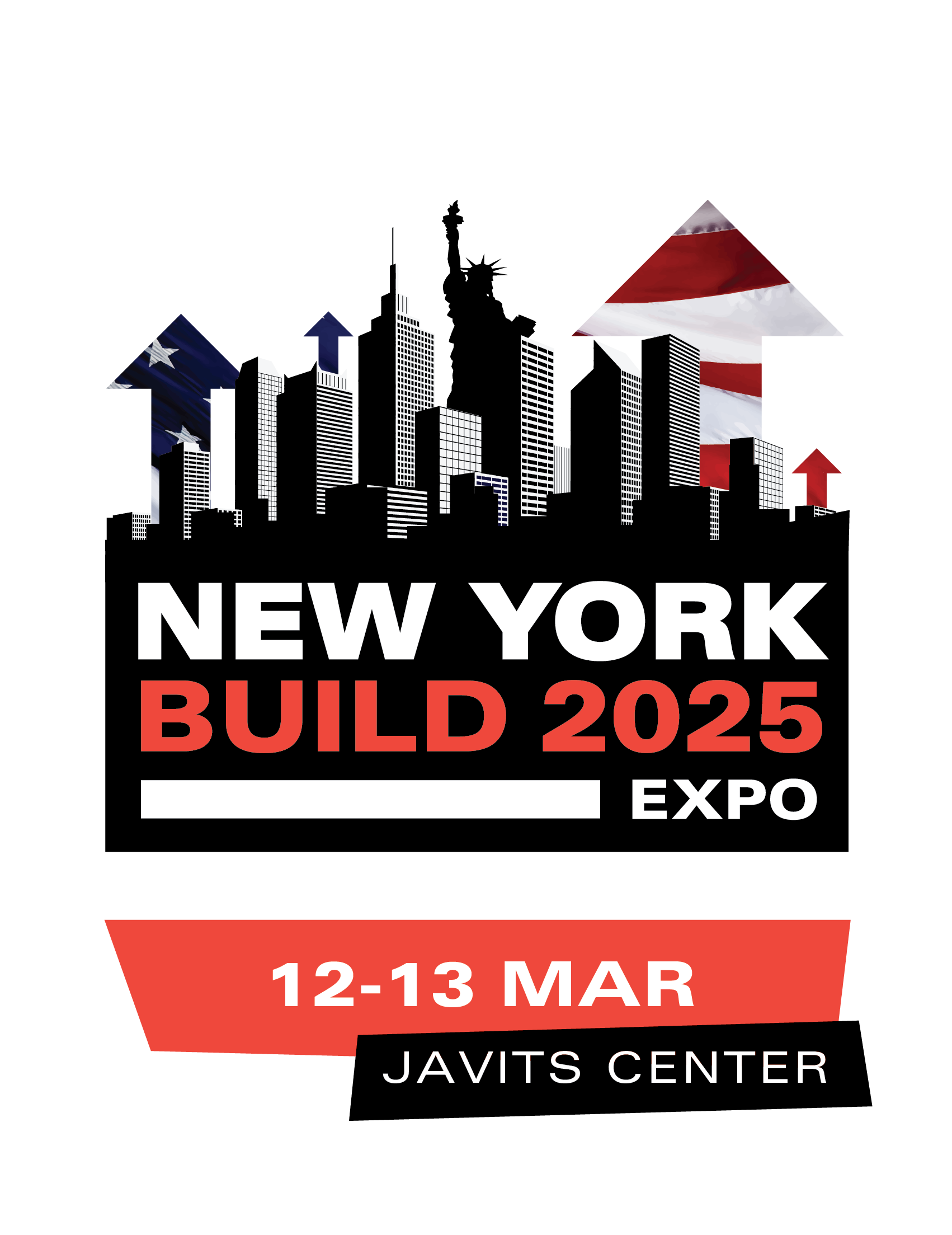Sustainable Architecture: 8 Best Green Building Designs
)
Back in 1987, the UN-commissioned The Brundtland Report 'Our Common Future' described sustainable development as 'development that meets the needs of the present without compromising the ability of future generations to meet their own needs'.
More than three decades later, this definition continues to be relevant – especially in the context of the built environment and climate change.
So what defines sustainable architecture? The simplest description would be architecture that has minimal impact on the environment through the application of appropriate design concepts, materials and technologies while also ensuring ongoing benefits for future occupants in the form of energy efficiency, comfort and well-being throughout the lifecycle of the building.
Sustainable building:
Sustainable architecture, as a contemporary green building concept, may be new but it has existed in some form or the other for centuries through the use of local materials and designs that responded to local environmental conditions.
As a 20th century construct, the green building movement tentatively began in the 1970s with rising petroleum prices driving the need for more energy efficient structures as well as renewable energy alternatives. Concern for the environment, which began in the previous decade, also had an important role to play in increasing popular awareness about the impact of buildings on the ecosystem.
Read more at: architectureanddesign.com


)